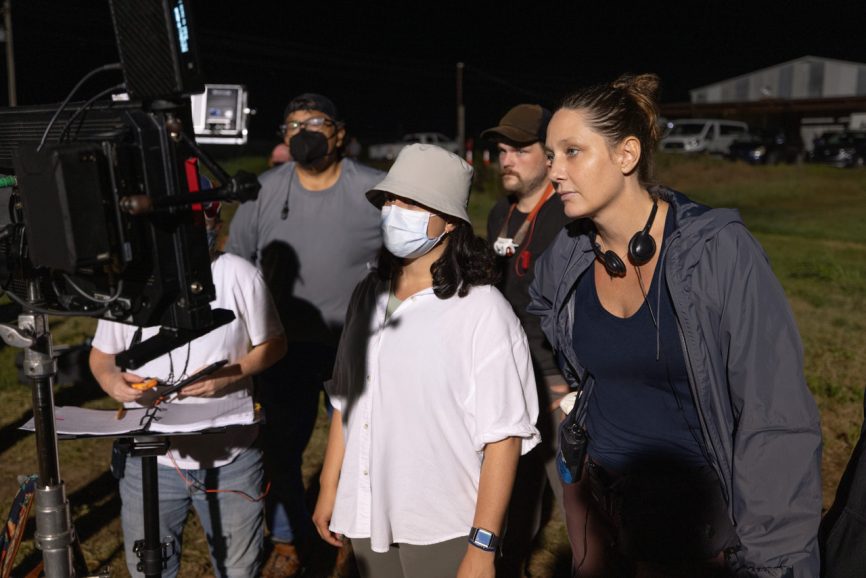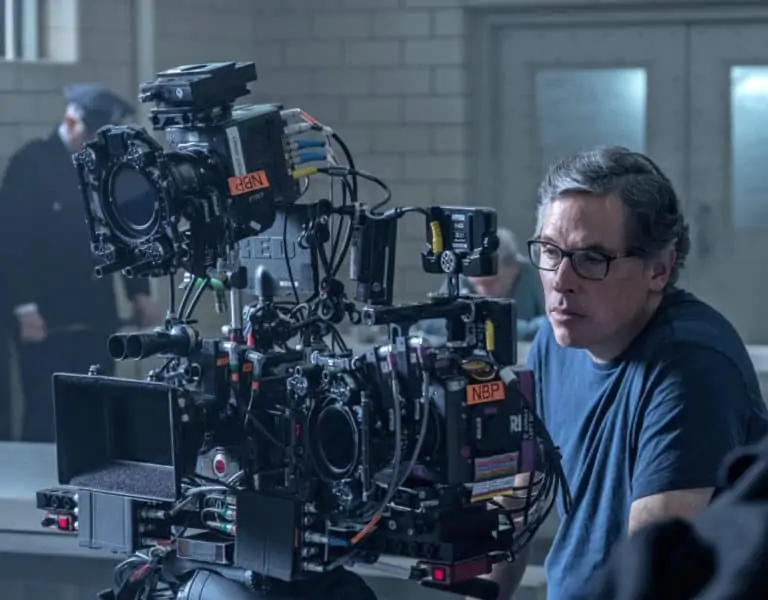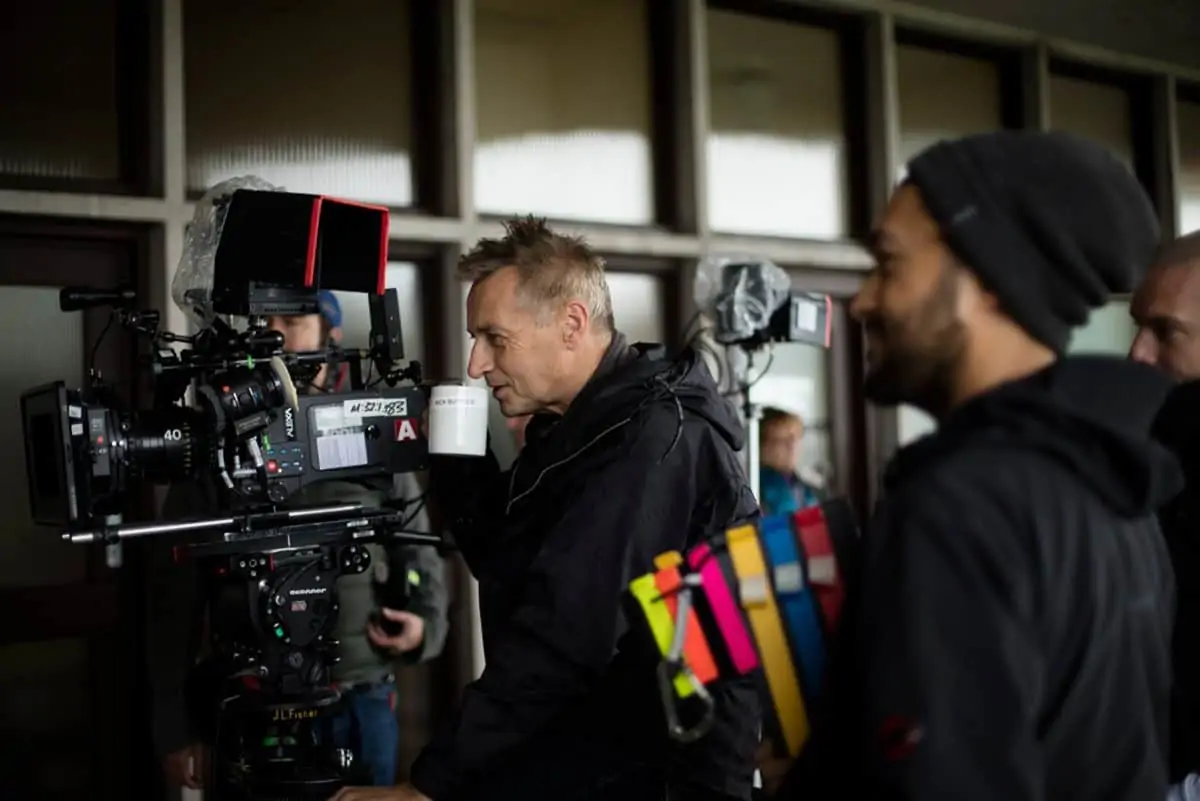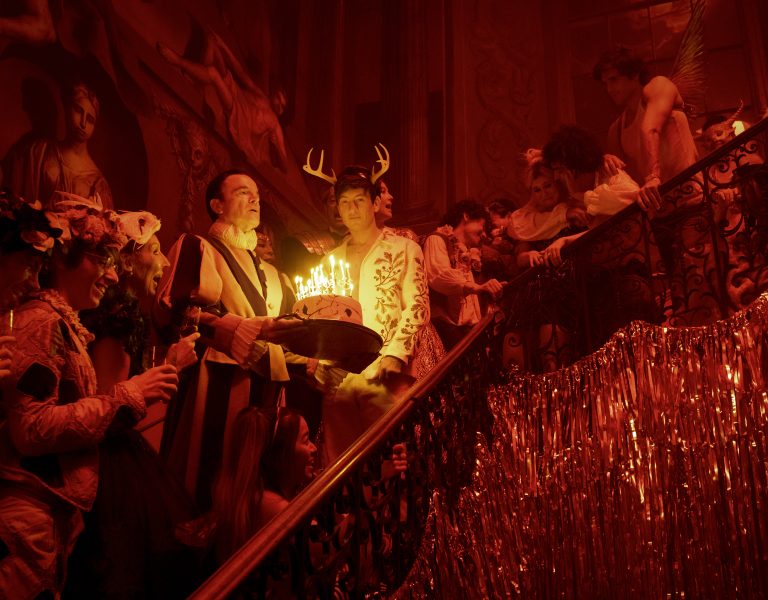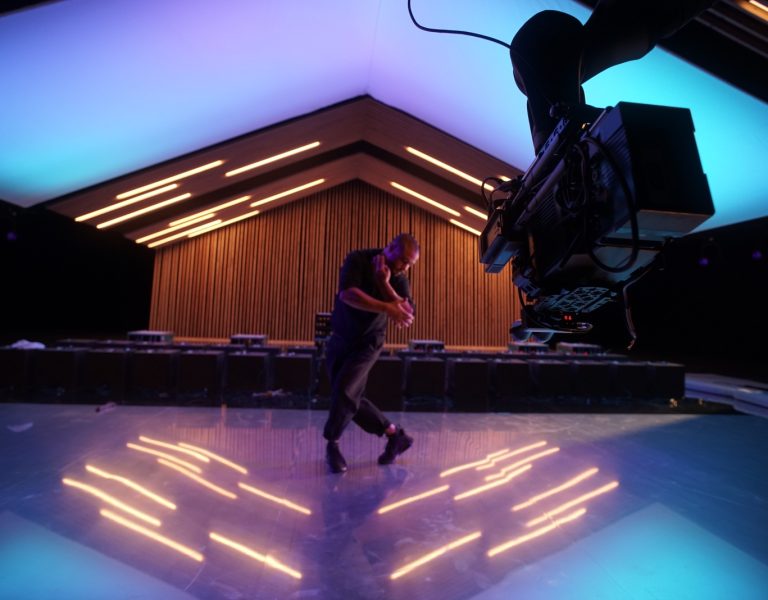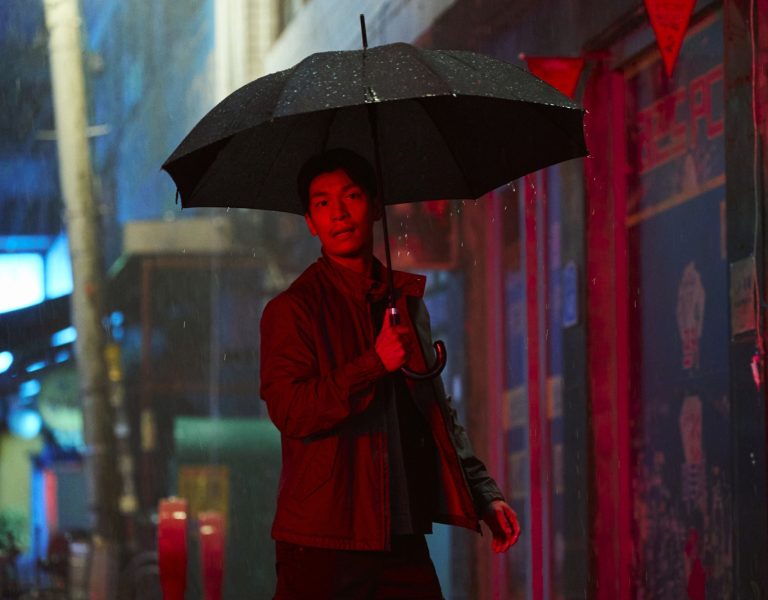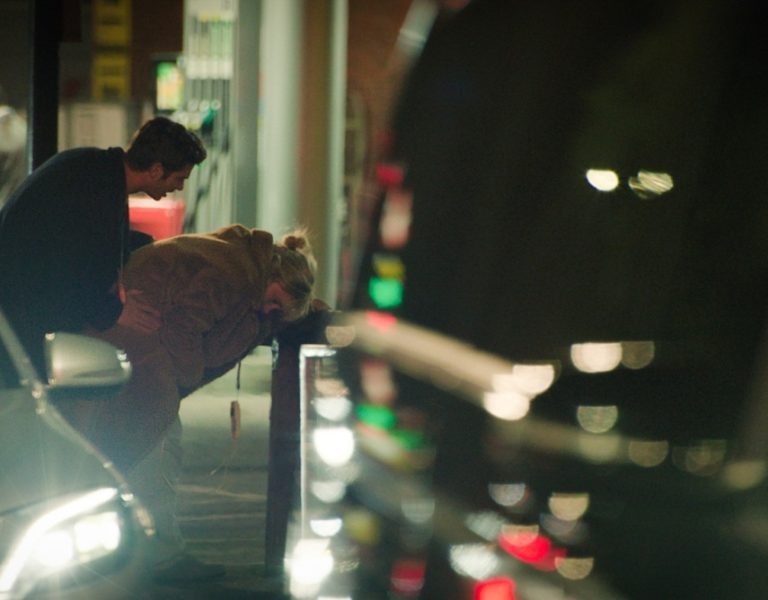GOING NATIVE
In Fancy Dance, Carolina Costa AMC’s innovative cinematography blends Indigenous cultural insights with practical challenges. Using simplified lighting and dynamic locations, her visual style captures profound emotional depth.
Productions showcasing the rich stories of Indigenous peoples in the US have always captivated audiences. Iconic films like Dances with Wolves (1990) and The Last of the Mohicans (1992), alongside Martin Scorsese’s Killers of the Flower Moon (2023), and the recent Disney+ series Echo (2024), featuring a Native American Marvel character, continue to resonate deeply with viewers.
Now, Fancy Dance (Apple Original Films) steps into the spotlight, directed by Native American Erica Tremblay in her feature debut and co-written by Tremblay and Miciana Alise.
Fancy Dance premiered at the 2023 Sundance Film Festival on 20 January 2023 and continued through the film festival circuit, including screenings at BFI London Film Festival and SXSW and is now available on Apple TV+.
Lily Gladstone, who received widespread critical acclaim for her portrayal of Mollie Kyle in Killers of the Flower Moon (2023), stars as Jax in Fancy Dance. Jax has been caring for her 13-year-old niece Roki on the Seneca–Cayuga reservation since her sister Tawi disappeared two weeks earlier. After discovering Tawi’s involvement with meth dealers, authorities place Roki with her grandfather due to Jax’s criminal record. Determined to find Tawi, Jax and Roki flee in the night, sparking an abduction alert. As they search, Jax uncovers more about Tawi’s dangerous ties, while Roki begins to question her aunt’s honesty, setting off a tense emotional journey.
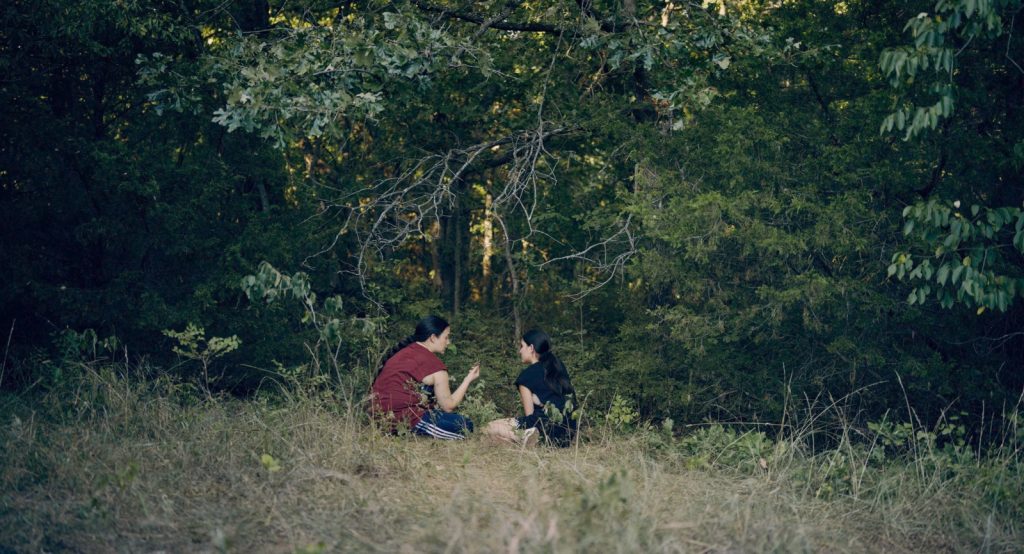
Blue is the colour
Carolina Costa AMC, who lensed the film, says the philosophy behind shooting Fancy Dance was to find beauty and magic in everyday life.
“In the same way the team wanted to explore their beautiful relationship, we also didn’t want to shy away from the dark world around them. We couldn’t turn a blind eye to the reality faced by Indigenous women, unlike the system,” she says. “The colour blue and its various shades are a key element in the film. It’s the colour when Sapphire and Jax connect in the strip club, but also the colour of the light on Jax’s porch. Since blue often represents ‘safe,’ we explored how to differentiate the interior night lighting, which is all lit with warm practicals. For the family home, for example, we filled the shadows with green and blue, while for the man camp, we added red, making these spaces feel ‘dangerous’ and ‘uncomfortable’ for Roki and Jax.”
The decision was made to shoot with the Alexa LF paired with ARRI Signature Primes, with the full camera package provided by ARRI. This choice stemmed from Costa’s commitment to using large format, which she envisioned from the moment she first read the script. “There’s a presence on screen that an actor has with that format. We wanted our characters to be larger than life and at the centre of their stories,” she says. “I love that with large format, the field of view allows for a close-up while still capturing the context and world around a character. These were fundamental choices for our story.”
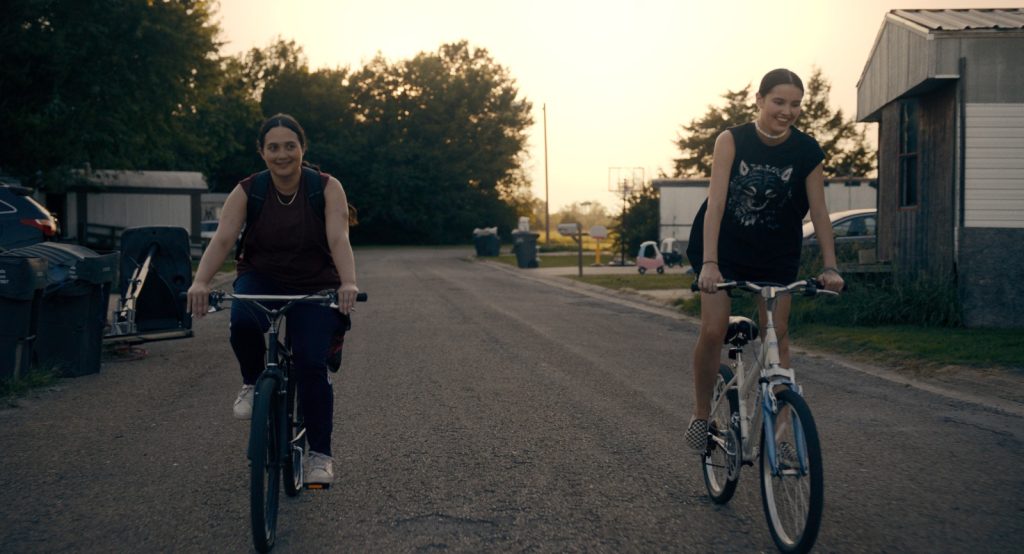
Independent challenges
Anybody making an independent film will attest that it often comes with more than its fair share of challenges. This was not lost on Costa. “Every time, the limitations are logistical and budgetary,” she says. “The decisions we end up making undoubtedly make the film better. I think if you’re making an independent film, you have to see the challenges as opportunities. This project had many, of course, but having a tight shooting schedule and a film with over 40 locations made it particularly challenging. For example, on some days, we had two company moves. That also shapes the creative approach.”
The idea was always to make the sets feel like real homes and genuine places, immersing the audience in the environment. This approach was central to the production, influencing every aspect of the design and atmosphere. As Costa explains, “the lighting design always had that as the backbone” on the production. This foundational principle ensured that the lighting not only supported but enhanced the authenticity of the sets, making them integral to the storytelling and overall aesthetic of the film.
“Also if you are on the go all the time, then you have to simplify the lighting. I also think the lighting we created for Fancy Dance is really unique because of that. I remember many years ago during a lighting workshop with Tom Stern, he said something like turn a light off before a take and see if you miss it. And I think that’s kind of how I looked at the philosophy for lighting for Fancy Dance.”
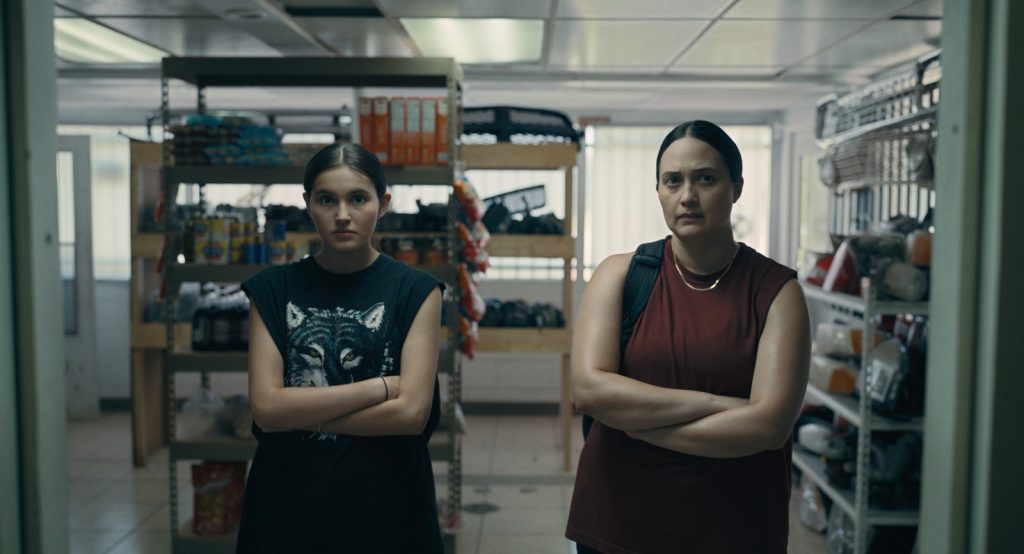
Favourite moments
Costa mentions there are several scenes “that I love in this film” which always evoke an emotional response, making her want to cry each time she sees them. These moments, imbued with deep emotion, consistently touch her heart and highlight the film’s poignant elements.
“But I am particular proud of us collectively for pulling off the last scene and the scene that gives the title to the film,” she explains. “It is a complex scene and we shot it over one night. So many people from the community showed up to be background, so many elders stayed up all night! It really felt like “it takes a village”, you know? Erica and I really designed that sequence because of our limited shooting time at the museum. That scene has so many beats – there’s thriller and suspenseful moments, there’s joy and sadness. We wanted that final dance to incorporate all the weight of that moment and I think we did it, and we did it collectively.”
To light the scene, the team utilised three construction lights to illuminate the entire space. This choice allowed for effective lighting while adhering to budget constraints and capturing the scene’s emotional depth. The unconventional method aligned perfectly with the creative vision and practical requirements of the production.
“We always knew this scene held so much emotional weight and we also knew it was a ‘big’ one,” Costa says. “I also knew that we couldn’t afford to light it traditionally with movie lights. Erica and I started discussing this idea from the beginning, also because we wanted to shoot it freely, almost 360. And after spending some time in the First Americans Museum we noticed that at the actual pow wows, that’s what they use to light it. And those construction lights are daylight based, so they were perfect for our ‘colour and emotional palette’. Right tool for the job I would say!”
The team also had a small lighting package with a couple of M18s and 2K Fresnels. “For the night exterior at the corner fields we had an 18K that day,” Costa continues. “But in general we used the HMIs and tungsten lamps mixed through windows and inside it was mostly practicals.
I also used the Rosco DMG Dash light. It’s such an incredible and adaptable tool. And it was great to fill a tad the actors’ eyes.”
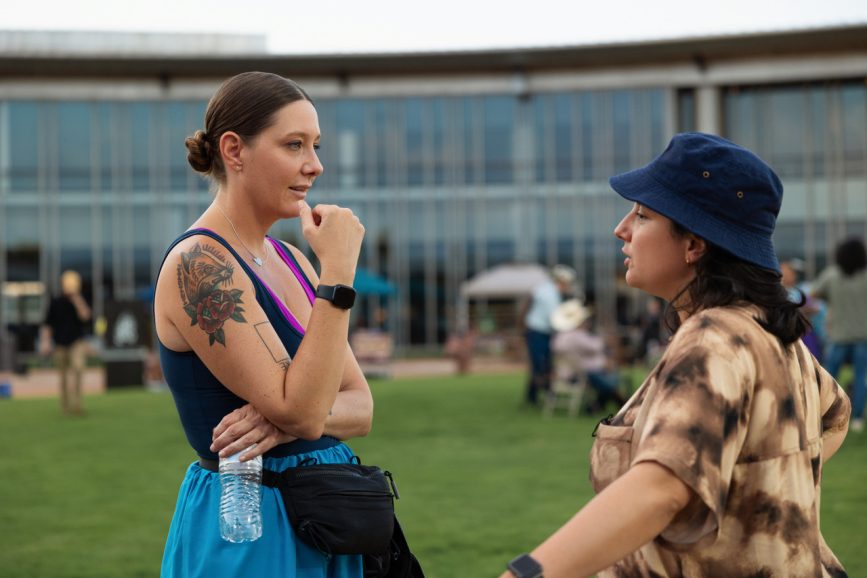
Storytelling skill
Though Fancy Dance marks Tremblay’s debut in feature films, she brings a wealth of experience from her background in documentaries. Her previous works include In the Turn (2014), Heartland: A Portrait of Survival (2012), and Tiny Red Universe (2007), showcasing her established skill in storytelling.
Costa highlights that the former’s talent as an “incredible filmmaker” gives her a clear understanding of both the narrative and the emotional arc of the story. This clarity is crucial in shaping the film’s direction and ensuring that the emotional depth resonates throughout the production.
“Yet at the same time, she is a great collaborator and was very generous to her heads of department,” Costa continues. “I can’t speak for everyone, but I felt that I could bring a lot to the table. We worked on the shot list together every day during prep, and after we started shooting, we also discussed every scene and shot list during the weekends.”
Costa explains how the diverse locations used in the film, primarily across Tulsa, Oklahoma, significantly influenced the visual style. The varied settings contributed to shaping the film’s aesthetic, allowing for a rich and dynamic portrayal that reflects the unique character of each location throughout the production. “So just because of that and the amount of company moves that makes your package light and adaptable,” she says. “We also wanted the actors to be able to ‘play’ freely, so the visual grammar we created had that in mind. So for every location the position of the sun and which shots we shot at what time were invaluable to make the days.”
Costa mentions that much of the lighting for the night scenes was inspired by her observations during their scouting trips. She based the lighting concepts on what she saw while they were exploring the locations. This approach helped create a more authentic atmosphere for the night scenes.
“For example, the light outside the hero house, I noticed this bulb used in a bunch of houses in the rez, good for mosquitoes, so we used a similar one for our set, and we just exaggerated a little the colour, so that it would work with our colour palette,” she adds.
So, what was Costa’s biggest learning curve on this production? Well, that’s easy. “Perfectionism doesn’t make the film better,” she says. “Being present and adapting does.”
